Faculty Research
Astronomy & Astrophysics
Since the dawn of humankind, the night sky has fascinated countless generations across cultures and times. The advent of modern astronomy has revealed a vast Universe populated with an incredible diversity of objects ranging from the smallest planets to the largest clusters of galaxies. Today, state-of-the-art technology allows us to detect, image, and characterize these planets, stars and galaxies to an unprecedented level of precision. UNM astronomers use radio observations from the Very Large Array (VLA) and Long Wavelength Array (LWA), both located close by in New Mexico, to study the formation history of the Milky Way, explore the properties of some of the most extreme sources in the Universe such as supermassive black holes and neutron stars, probe the formation of the first stars, and investigate the evolution of distant galaxies. They also use data from some of the largest ground-based and space-based telescopes to detect and characterize distant exoplanets. In parallel, our astrophysicists study the behavior of neutrinos during supernova explosions, which are some of the most energetic events taking place in the Universe. They also investigate the nature of dark matter, the mysterious substance forming most of the matter in the Universe, by looking at its impact on the structure of the Milky Way and other distant galaxies, and by searching for a possible gamma-ray signal from its annihilation.
Theory
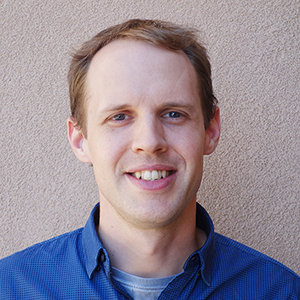
Theoretical cosmology, particle astrophysics, dark matter
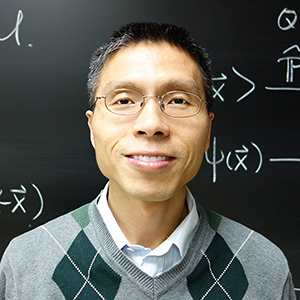
Compact objects and neutrino physics
Observation/Experiment
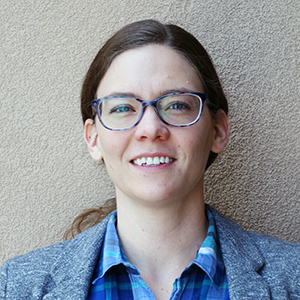
Cosmic microwave background, millimeter-wave instrumentation, low-temperature detectors
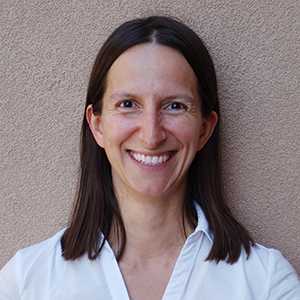
Exoplanets
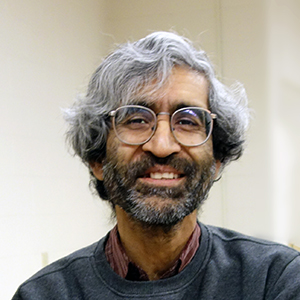
Dark matter direct detection, astroparticle physics
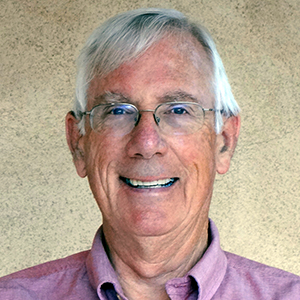
Astroparticle physics
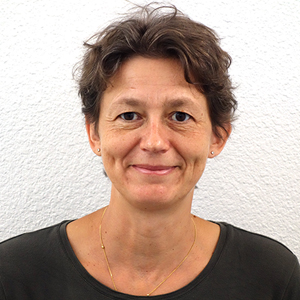
Radio astronomy, astrophysical masers, Galactic astronomy
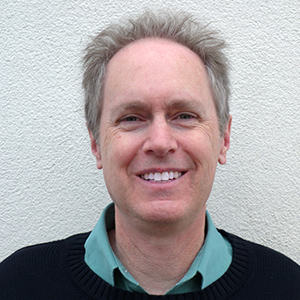
Radio, optical, infrared astronomy;
Extragalactic astronomy;
Interstellar Medium

Radio astronomy instrumentation, galaxy clusters, gamma-ray bursts
Related Websites:
Center for Astrophysical Research and Technologies
Long Wavelength Array









